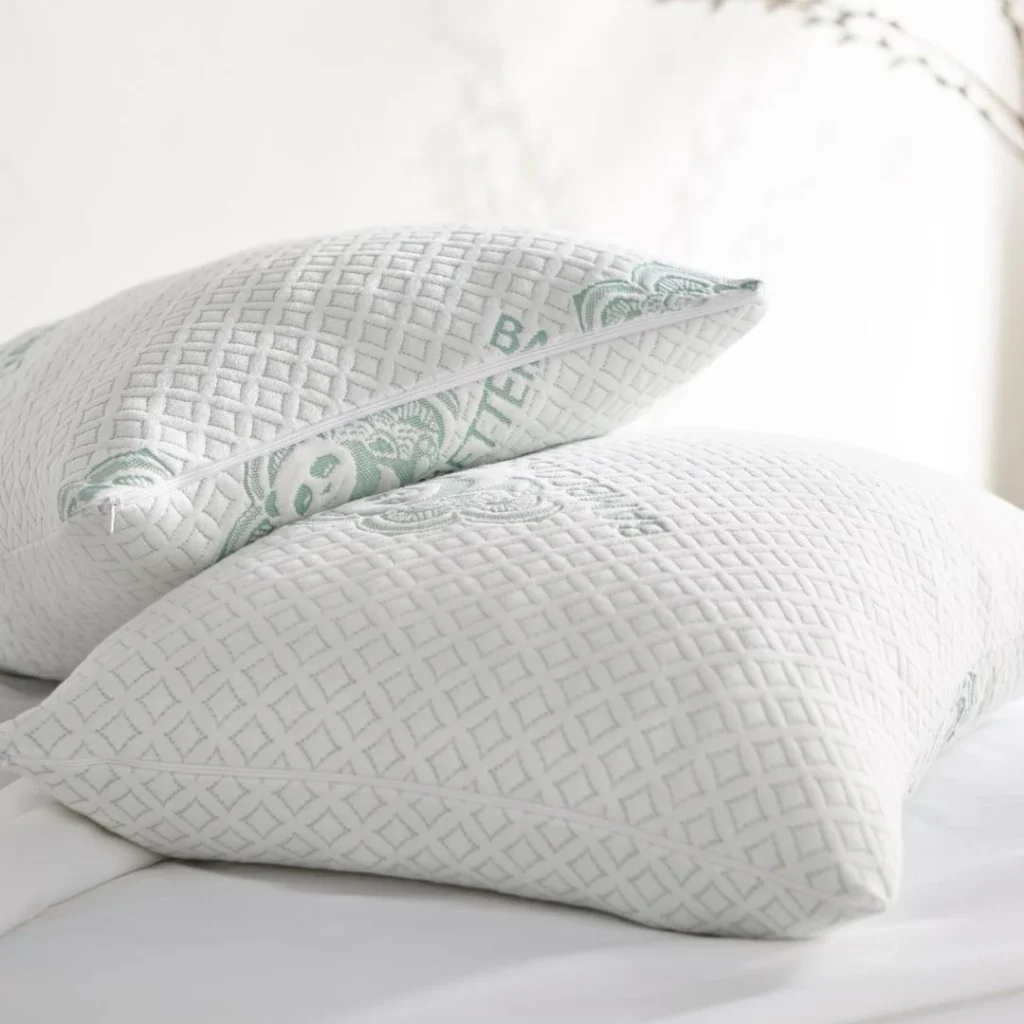Timber veneers might add a touch of sophistication and contemporary appeal to your home, but the origin of the veneer’sdates toancient Egypt to 3000 BC. Sound surprising! History shows that ancient man knew how to cut logs into thin veneers by hand and then fix these on furniture. There is evidence across the history of Renaissance, colonial, and revival furniture made of timber veneers. When you contact Bord, you will find experts who can help you incorporate vintage timber veneer designs in modern furniture to give these a unique appearance.
History of timber veneers
In ancient Egypt, timber veneers were made from wood logs imported from Syria and Lebanon. It was painstaking work to cut thin slices of wood from the logs and make the veneers from the slices. The thin boards used to make veneers were decorated with ivory and gold. The entire board was then used to make furniture. Evidence of this incredible work with veneer remains in King Tutankhamun’s tomb.
After ancient Egypt, timber veneers were revived in France in 17th-century Europe. The veneers were used to make chairs, tables, cabinets, and even panels in palaces and chateaus. The veneers were lined with ebony, which led to the French veneering craftsmen being known as ‘ébénistes.’
Finally, during the Victorian era, when machines to slice wood were invented, the use of timber veneers increased significantly. In 1900, quarter-sawn tiger oak was used as a veneer over wood to make furniture. This was often preferred over regular oak and mahogany furniture. Over time, during the Victorian era, veneer became popular, and manufacturing became mechanised. Today, this furniture remains a part of heritage items.
What is the timber veneer design that is popular at present?
Timber veneers are used to manufacture furniture, wall panels, and flooring. The attractiveness of the veneers is retained by the fact that the granularity and the natural features of wood are maintained even while cutting timber sheets. The present trend of less is more is the appeal of timber veneers. Timber veneers improve the appearance of furniture. You will find that the present trend with timber veneers is as follows:
- The veneers give the furniture or cabinets a warm and earthy feeling, giving the room a different appeal.
- Installing timber veneer panels in a room can give it an aesthetic appeal by giving it a contemporary appeal.
- Timber veneer panels, usually of a single colour, can give a room a monochromatic appeal.
Thus, timber veneers of similar granularity are in demand nowadays, making it easy to achieve a modern and aesthetic appeal for the interiors of a room or a house.
Conclusion
Timber veneers have a rich history, making them one of the preferred manufacturing materials for building furniture, wall panels, and flooring. If you want to change your home’s interiors and stay within budget and want to give it a contemporary appeal, contact Bord for suitable timber veneer options.



